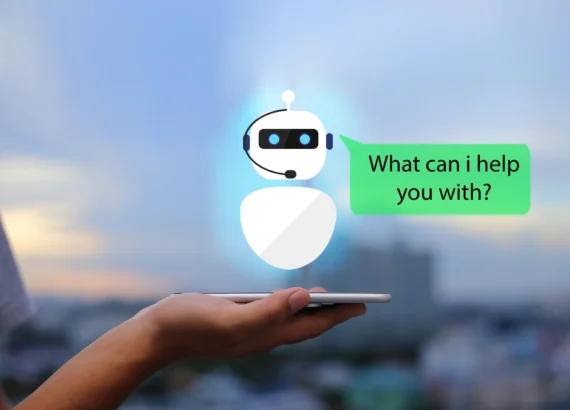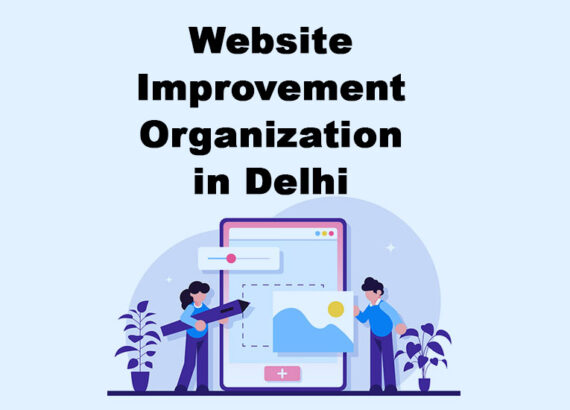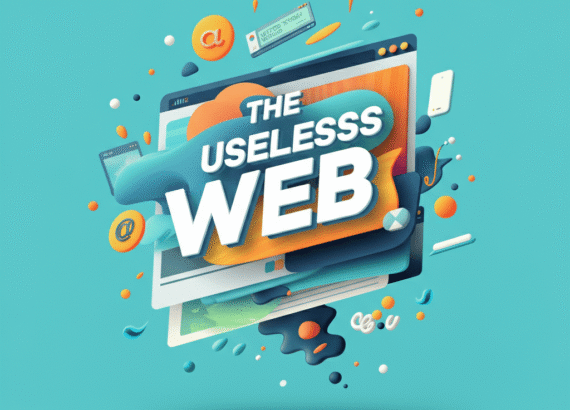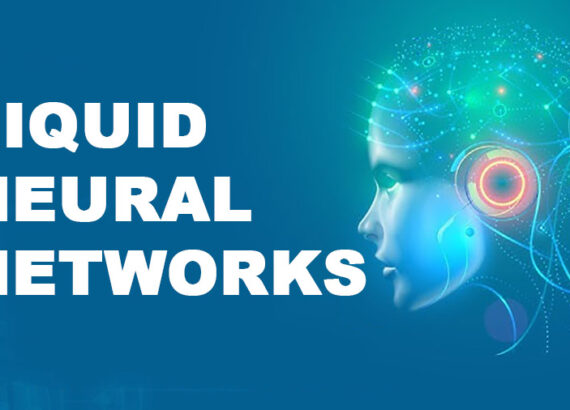Hey, curious data scientists! The field of data science is full of surprises and innovations. Besides, experts keep searching for new things and try to innovate something that can change the world. So, enthusiasts, look at these important things about AI agents and autonomous systems to refresh your knowledge!
1. Understanding AI Agents: The Foundation
The Most Known Types of AI Agents:
1. Reactive Agents: The Simplest Yet Fastest Systems
Reactive agents are the most basic type of AI agents. They operate by responding directly to current inputs without relying on past data or memory. Their behaviour is strictly defined by pre-programmed rules.
How Do Reactive Agents Work?
- Reactive agents follow a straightforward “condition-action” model:
- They observe the environment.
- Based on predefined rules, they act immediately.
- There’s no concept of learning or adapting to past experiences.
For instance, Spam Filters: Email services like Gmail use reactive agents to flag unwanted emails based on specific keywords or suspicious patterns.
2. Model-Based Agents (Deliberative Agents): Learning from Experience
Model-based agents, also known as deliberative agents, operate with an internal model that helps them plan and predict outcomes. These agents are capable of reasoning and adapting to changing circumstances.
How Do Model-Based Agents Work?
- They observe their environment and build an internal representation (a “model”) of it.
- The agent evaluates possible actions based on its internal model.
- It then chooses the most optimal action based on predicted outcomes.
3. Goal-Based Agents: Designed for Purpose-Driven Tasks
Goal-based agents expand upon model-based agents by focusing on achieving specific objectives. They calculate actions that maximize the likelihood of reaching defined goals.
How Do Goal-Based Agents Work?
- They assess the current environment and compare available actions to the intended goal.
- The agent chooses the path that best aligns with the desired outcome.
For instance, robotic surgery systems are precision tools that map out complex procedures step by step to maximize success rates.
4. Utility-Based Agents: Optimizing Every Decision
Utility-based agents are advanced systems that evaluate multiple outcomes to select the most optimal action. Instead of relying on fixed goals, these agents calculate the best trade-off between benefits and risks.
How Do Utility-Based Agents Work?
- The agent assigns a “utility value” (a score) to each potential action.
- It then selects the action that maximizes overall utility.
For instance, gaming AI consists of utility-based systems in strategy games that evaluate multiple moves to maximize success.

5. Learning Agents: Constantly Evolving Systems
Learning agents are the most dynamic type of AI agent. They improve their performance through experience by identifying patterns and adjusting their actions accordingly.
How Do Learning Agents Work?
- They gather data from interactions with their environment.
- Using techniques like reinforcement learning or supervised learning, they update their internal models.
- With each cycle, they enhance their decision-making capabilities.
6. Hybrid Agents: The Best of All Worlds
Hybrid agents combine characteristics of multiple AI agent types, blending reactive, model-based, and utility-based techniques for greater flexibility.
How Do Hybrid Agents Work?
- Hybrid agents leverage fast reactive responses for simple tasks.
- Complex decisions are switched to deliberative reasoning or utility calculations.
Key Components of an AI Agent Perception:
- Capturing data via sensors, cameras, or web feeds.
- Decision Engine: Algorithms that interpret data to make optimal choices.
- Actuators: The mechanisms that carry out those choices — robotic arms, chat messages, or automated transactions.
2. Autonomous Systems: Operating Without Supervision
Autonomous systems are advanced frameworks that integrate multiple AI agents to function independently. Think of an ecosystem of drones monitoring crop health or smart factories optimizing production lines with minimal oversight.
3. Algorithms Driving AI Agents
Building effective AI agents demands knowledge of advanced algorithms. Here are some essential techniques:
a) Reinforcement Learning (RL) – RL agents learn by trial and error, optimizing actions for maximum reward. Besides, they are awesomely used in robotics and the making of autonomous or self-working cars and vehicles.
b) Evolutionary Algorithms – Inspired by natural selection, these models iteratively improve designs through mutations and adjustments. Useful in tasks like optimal network routing or real-time strategy games.
c) Probabilistic Models – Bayesian networks and Hidden Markov Models handle uncertainty, making them ideal for predicting trends or assessing risks.
d) Deep Learning Algorithms – CNNs are excellent for image recognition, while RNNs handle time-series forecasting and speech recognition.
e) Imitation Learning – Used in environments where observing expert behaviour can help train AI agents to mimic actions effectively.

4. Powerful Tools for Building AI Agents
Here’s a toolkit to help you in AI agent development:
- OpenAI Gym: A flexible RL environment ideal for model training.
- Unity ML-Agents: Designed to create complex 3D simulations for autonomous agents.
- Ray RLlib: Perfect for building large-scale reinforcement learning systems.
- CARLA Simulator: Widely used for testing self-driving car models.
- PySC2: Ideal for training agents in strategic games like StarCraft II.
5. The Future of AI Agents and Autonomous Systems
Collaborative AI Systems: AI agents will increasingly complement human decision-making rather than replace it. Expect hybrid systems where AI handles routine tasks while humans manage strategy.
Explainable AI (XAI): You may or may not know, but with rising concerns about AI’s “black-box” nature, data scientists are focusing on building transparent models that clarify how decisions are made.
Autonomous Systems in Space Exploration: Likewise, NASA’s Mars rovers use autonomous navigation to explore terrain without constant human input, and future missions will rely even more on intelligent agents.
AI in Agriculture and Sustainability: Lastly, AI and autonomous agents are doing a great job in the agricultural field.
Conclusion
In conclusion, AI agents and autonomous systems are a part of data science inventions that help make tasks self-operative and automated. The field of AI agents and autonomous innovations is really vast to explore. Besides, the future is all about creating and developing AI agents and systems that help in human decision-making instead of replacing them. Nextr Technology is the best web development agency in Delhi. We provide insightful articles to create awareness and understanding among users and professionals. To know more, contact us!
Thank you for reading 🙂
Buy Web Hosting at an affordable price: Buy Now.
If you want to build your website at an affordable price, contact www.nextr.in
Read this: Elon Musk’s Grok 3 AI Chatbot to Compete with DeepSeek and ChatGPT

















